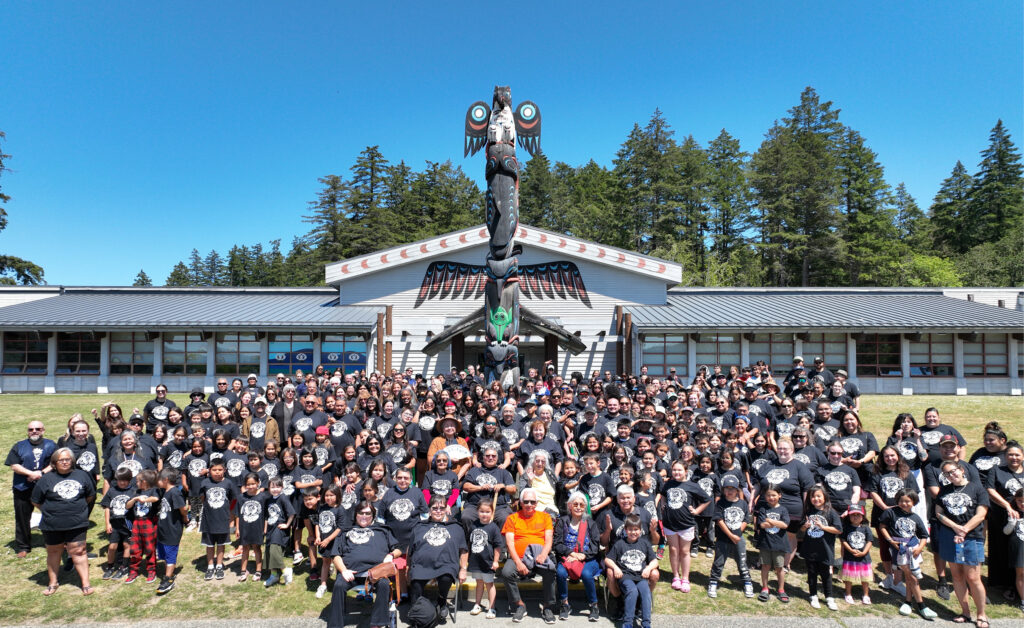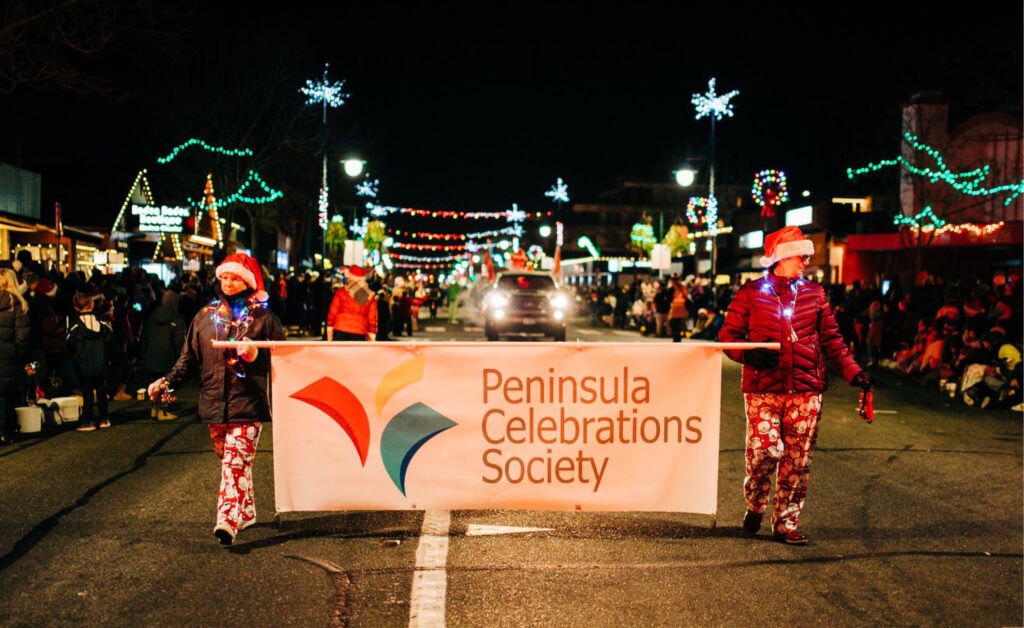Words Emily Olsen
Photo Benjamin Joel Cran
For as long as I can remember, I have loved stories. Some of my fondest early memories are of my mother’s playful stories and the cheeky monkeys she sketched, distracting my sisters and me from the itch of chickenpox. Tracy Chapman’s songs of revolution and fast cars reached me in small-town Aotearoa (New Zealand), teaching me about apartheid, poverty and social justice issues. The songwriting of Joni Mitchell and Paul Simon nurtured my creative side and supported my own struggles with self-expression. Books upon books gave shape
to the profound curiosity I carried inside.
That love of stories deepened through years spent living in the territories of the Maōri, Haíɫzaqv, Nlaka’pamux and W̱SÁNEĆ peoples. I witnessed and grew with the stories and teachings of these communities – stories danced, spoken or sung in the Marae, the Bighouse, the Longhouse, or the Powwow Arbour. I listened to the land, water and sky, observed the animals and insects, and noted the behaviors of birds and plants – each offering lessons in their own way.
The late Richard Wagamese, a respected storyteller and writer, wrote of the importance of stories – those shared worldwide by the light of the fire. In this familiar place, we remember that stories are how we connect, how we understand each other, and how we remember who we are.
This deep respect for storytelling found new purpose in 2022, while I was working as an Education Assistant at the W̱SÁNEĆ Leadership Secondary School in Brentwood Bay. One of the classroom teachers played a 1990 documentary produced by the late Philip Paul, about the community-built Tribal School named after the sacred mountain, ȽÁU,WELṈEW̱, meaning “Place of Refuge.” The film celebrated the creation of the new school on West Saanich Road and chronicled the fight for “Indian control of Indian education,” detailing the impact of Residential and Day School systems on the W̱SÁNEĆ people.
The documentary opened my eyes to the incredible efforts of W̱SÁNEĆ grandmothers, mothers, aunties, elders and leaders, who fought to form the Saanich Indian School Board (now the W̱SÁNEĆ School Board), grounding education in strong W̱SÁNEĆ cultural values and the SENĆOŦEN language.
One morning in late June, during a quiet personal meditation, the idea arose: to create a new documentary that would honour Philip Paul’s original work and celebrate the more than 30 years that had passed since. I reached out to a cinematographer friend and asked about his summer plans. What began as an idea became a two-year journey, culminating in August 2024 with the completion of a feature-length film: “I,ŚETEṈ E TŦE ĆESE ŚX̱ENÁṈs TEṈEW̱ – Walking in Two Worlds.”
Executive Producer, the W̱SÁNEĆ School Board, will present the documentary at Star Cinema in Sidney. It will screen nightly at 7:30 p.m. on Saturday, June 28 and Sunday, June 29. Tickets can be purchased in advance through Eventbrite: www.walkingintwoworlds.eventbrite.ca. Tickets will also be available at the door.
The W̱SÁNEĆ School Board extends its sincere thanks to Sandy Oliver for her kindness and support throughout this project.



